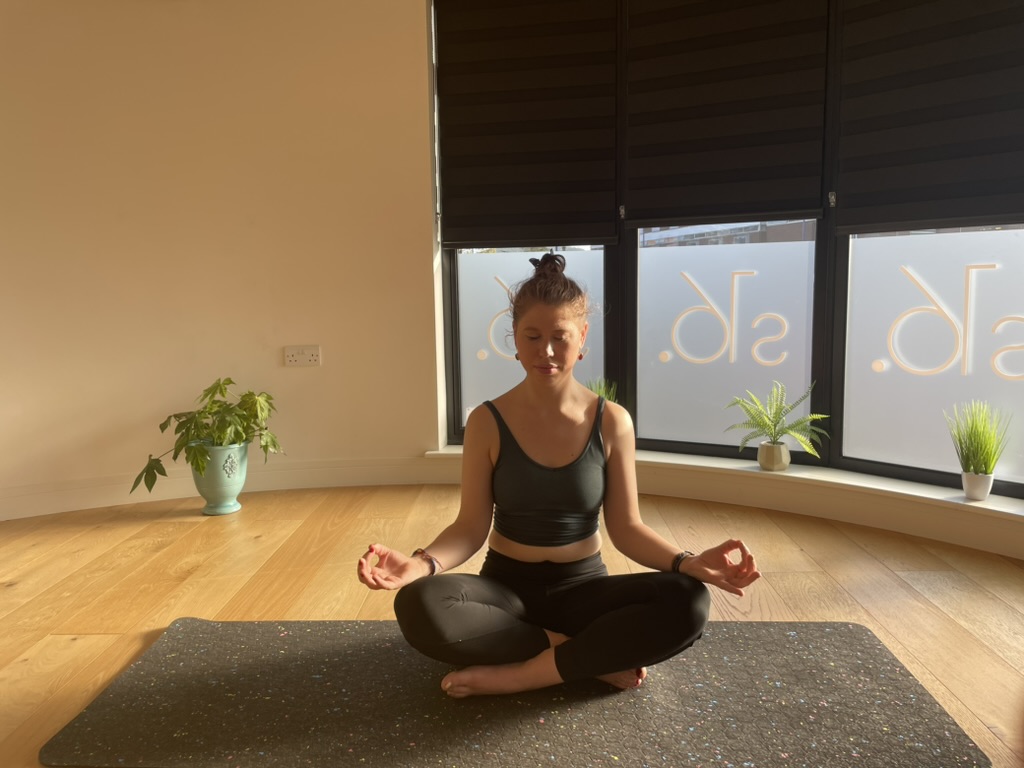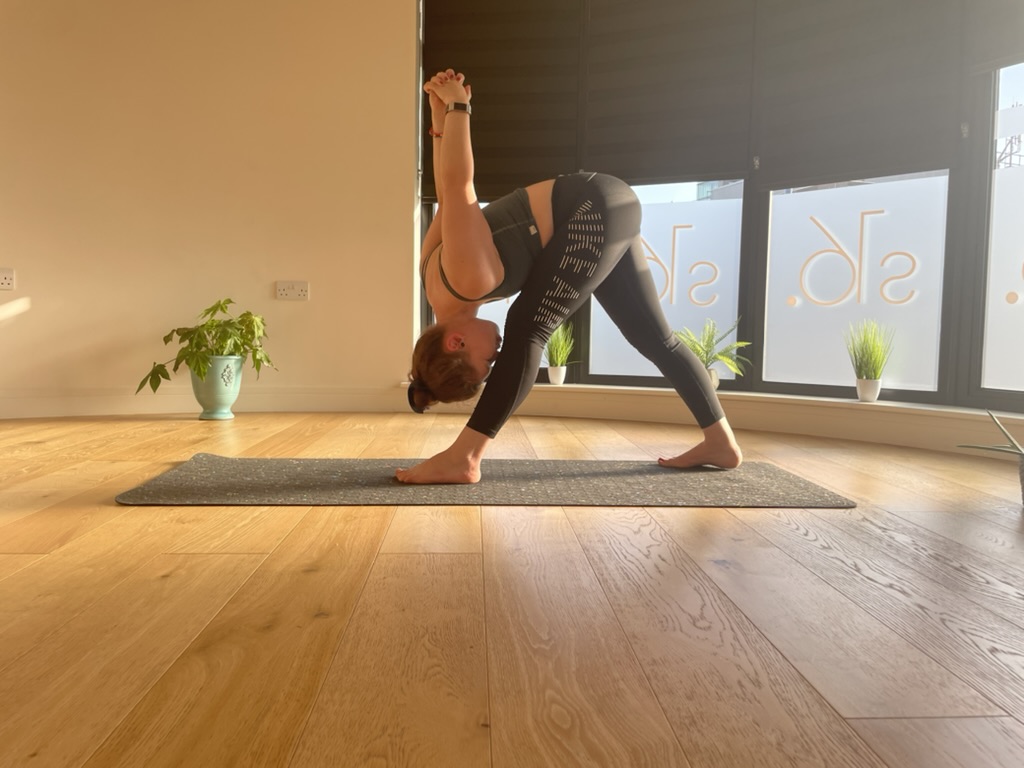My First Yoga Steps and How They Shaped Me

My First Encounter with Yoga
When I first started practicing yoga, I was a university student looking for a way to unwind between lectures. I signed up for some Hatha yoga lunchtime sessions. And while I enjoyed the practice enough to keep going, I have to admit—I wasn’t exactly hooked.
As a beginner, a lot of the cues didn’t make sense to me. My teacher, with the best of intentions, often reminded us not to push too hard or attempt the full expression of a pose. I completely understand why now, but at the time, it left me feeling a little stuck, discouraged from exploring different options to find my “edge”. There were moments in class where I’d hold a pose and feel…well, nothing. That sense of “am I doing this right?” hung over me. I left class relaxed, but not deeply connected to the practice.
Still, I kept going. And even tried to get my friends to join me. Some gave it a go but never returned. They said it wasn’t really for them, and I could understand their reaction. The pace was slow, and for beginners, it’s easy to feel lost in the subtle nuances of alignment or breath cues that don’t quite click right away.
This isn’t a critique of Hatha or my teacher—it’s a beautiful practice that I’ve come to love and even train in. But at the time, as a beginner, it wasn’t quite resonating.
Vinyasa: The Practice that Hooked Me
A few years later, I tried my first Vinyasa class, and everything changed. The faster pace kept me engaged. Even when I didn’t fully understand what was happening, there wasn’t much time to overthink it. We just kept moving. For someone new to yoga, this dynamic flow was exactly what I needed to feel like I was learning and progressing, even when the cues didn’t fully land yet.
As I continued practicing, the instructions started making more sense. The connection between breath and movement, which had felt elusive in the beginning, began to take shape. I found myself looking forward to class—not just for the relaxation but for the sense of mental clarity that came with the steady rhythm of movement.
How My Experience Shapes My Teaching
Looking back, my early experiences as a beginner have had a big influence on the way I teach yoga now. I try to remember what it felt like when I didn’t quite understand the cues, or when I felt unsure of whether I was doing a pose “right.” I always try to provide clear, accessible instructions that anyone can follow, no matter where they are in their yoga journey.
I also believe in giving options, encouraging my students to listen to their bodies, and safely explore where their “edge” is at the time of practice.
 We all have different bodies, different anatomies, and what feels right for one person might not for another. For example, I have flexible hamstrings, so I can fold forward without much trouble—but ask me to square my hips in Warrior I, and that’s a completely different challenge. As a teacher, I am not going to assume that a pose like Pyramid is hard on someone’s hips but easy on their hamstrings just because that is my experience. My role as a yoga teacher is to create a space where students feel safe to explore their own bodies and make choices that feel good to them.
We all have different bodies, different anatomies, and what feels right for one person might not for another. For example, I have flexible hamstrings, so I can fold forward without much trouble—but ask me to square my hips in Warrior I, and that’s a completely different challenge. As a teacher, I am not going to assume that a pose like Pyramid is hard on someone’s hips but easy on their hamstrings just because that is my experience. My role as a yoga teacher is to create a space where students feel safe to explore their own bodies and make choices that feel good to them.
The truth is, there’s no one “right” way to do yoga. As long as you’re moving safely and mindfully, your practice is your own. And that’s what I try to bring into my teaching—an environment where people feel safe to explore, listen to their bodies, and have their own experience without feeling pressured to conform to someone else’s norm.
The Joy of Practice
I believe yoga is about creating a space to reconnect with yourself, not just on the mat but in everyday life. It’s a practice that offers room for exploration—whether you’re moving quickly in a Vinyasa flow or finding stillness in a Hatha class.
My own journey has taught me that yoga is deeply personal. It doesn’t matter if you’re just starting out or if you’ve been practicing for years—what matters is finding a practice that works for you, and allowing yourself to be where you are, at that moment.